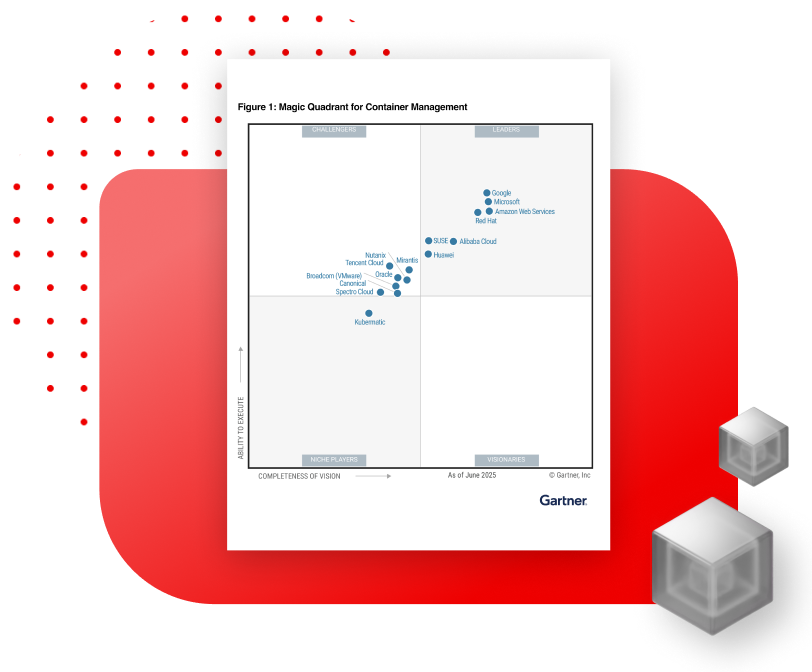What are microservices?
Microservices are both an architecture and an approach to writing software. With microservices, applications are broken down into their smallest components, independent from each other. Instead of a traditional, monolithic, approach to apps, where everything is built into a single piece, microservices are all separated and work together to accomplish the same tasks. Each of these components, or processes, is a microservice. This approach to software development values granularity, being lightweight, and the ability to share similar process across multiple apps. It is a major component of optimizing application development towards a cloud-native model.
But the bigger question here is why you'd want to use a microservice-based infrastructure. The goal is, simply put, to deliver quality software, faster. Using microservices is a means to that end, but there are other considerations too. Breaking your apps into microservices isn’t enough, you've got to manage them, orchestrate them, and deal with the data they create and modify.
What can you do with microservices?
Compared to monolithic apps, microservices are easier to build, test, deploy, and update. Red Hat believes it is the answer to the question: how can my business react faster to new demands, rather than being stuck in the multiyear "death march" of traditional software development? Now, different parts of your development team can work concurrently on your products, in an agile manner, and deliver value to your customers immediately.
Learn the basics behind microservices, the pros and cons of using them, and check out our on-demand training to learn about building a microservices-based architecture.
Does this have anything to do with Linux containers?
Linux containers give your microservice-based apps an ideal application deployment unit and self-contained execution environment. With microservices in containers, it’s easier to take advantage of hardware and easily orchestrate services, including storage, networking, and security.
It’s why the Cloud Native Computing Foundation says microservices and containers together are the foundation for cloud-native application development. This model enables faster development and makes it easier to transform and optimize existing applications—and it starts with microservices in containers.
How does app integration change with microservices?
In order for a microservices architecture to work as a functional cloud application, services must constantly request data from each other through messaging. Building a service mesh layer into an application simplifies interservice communication, but a microservices architecture may also need to integrate with your legacy applications and other data sources.
If your architecture is distributed, but your integration still relies on a centralized team managing a centralized technology like an enterprise service bus (ESB), the business goals of microservices can be negated.
Agile integration is an approach to connecting your resources that combines integration technologies, agile delivery techniques, and cloud-native platforms to improve the speed and security of software delivery.
Why Red Hat for microservices?
Red Hat doesn’t just help you break your monolithic apps into microservices, we help you manage these microservices, orchestrate them, and handle the data they create and modify. We support the continuous development and deployment of microservices, while helping you integrate and manage microservices. The result is a microservices solution that supports the end-to-end deployment of code, and encourages communication and collaboration between delivery teams. There’s no need to totally overhaul your existing systems to get meaningful benefits. Through open source, open standards, and years of experience, we can help you find a solution that fits your organization.
